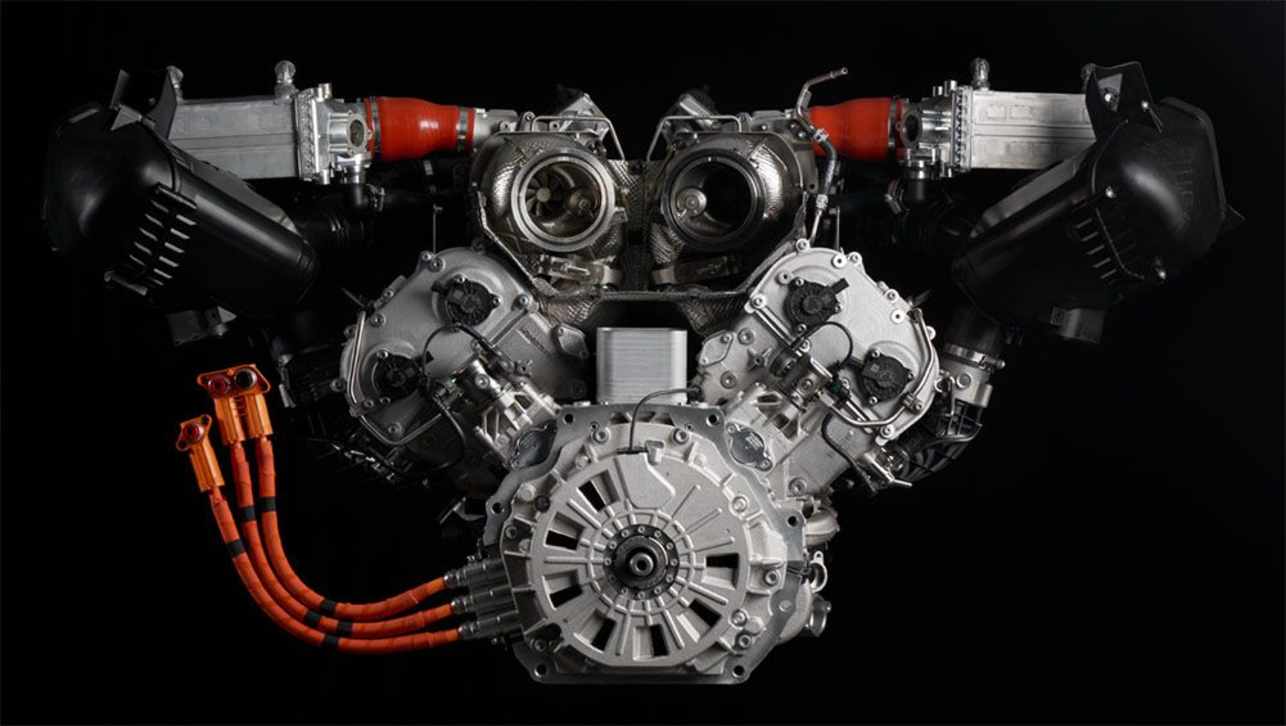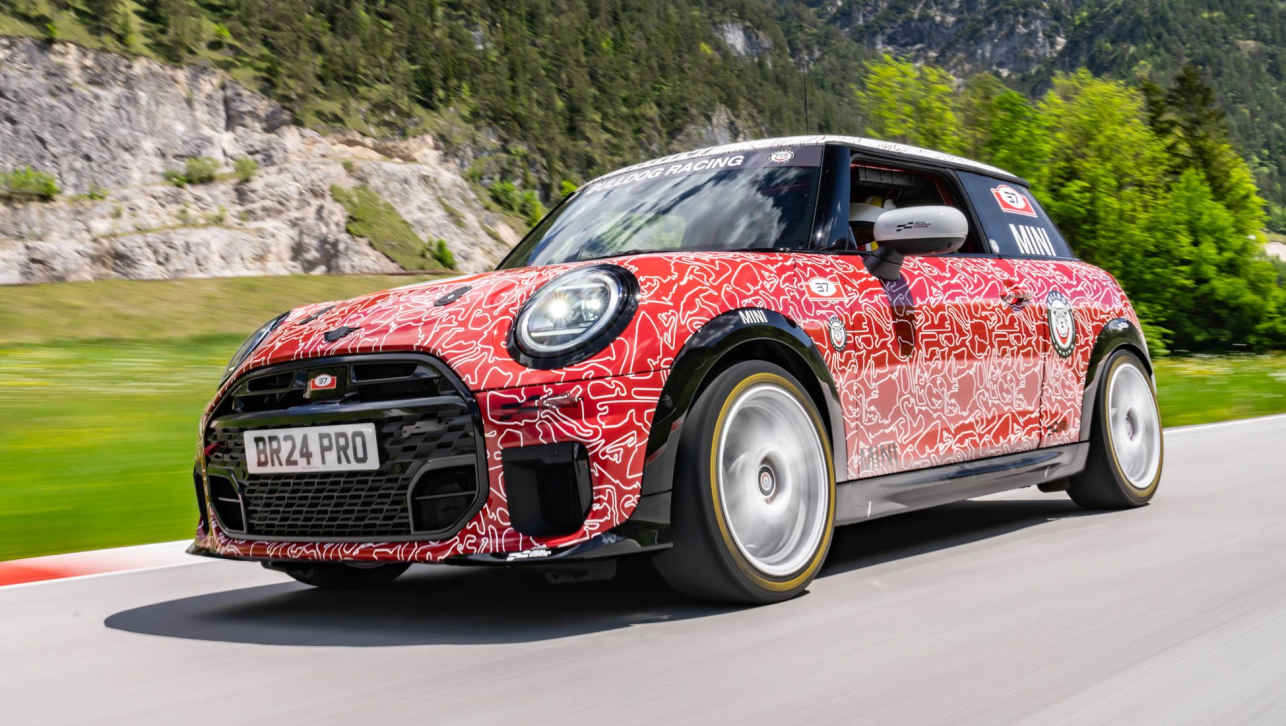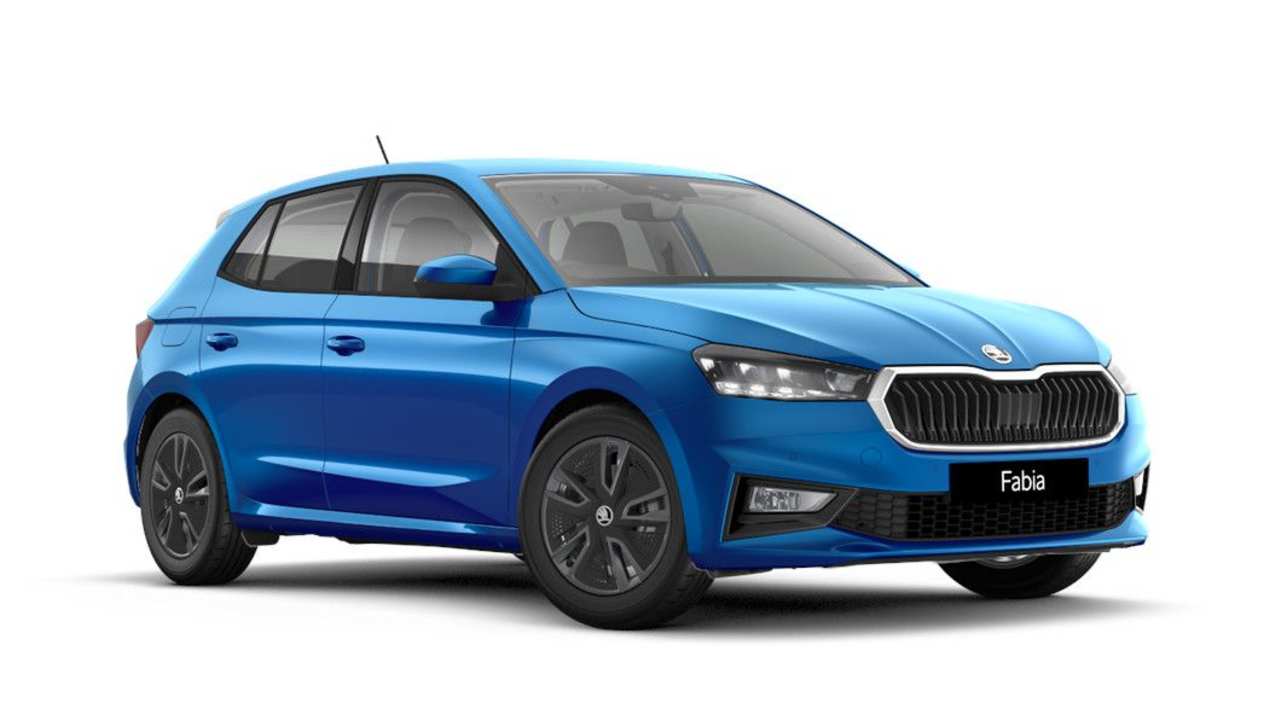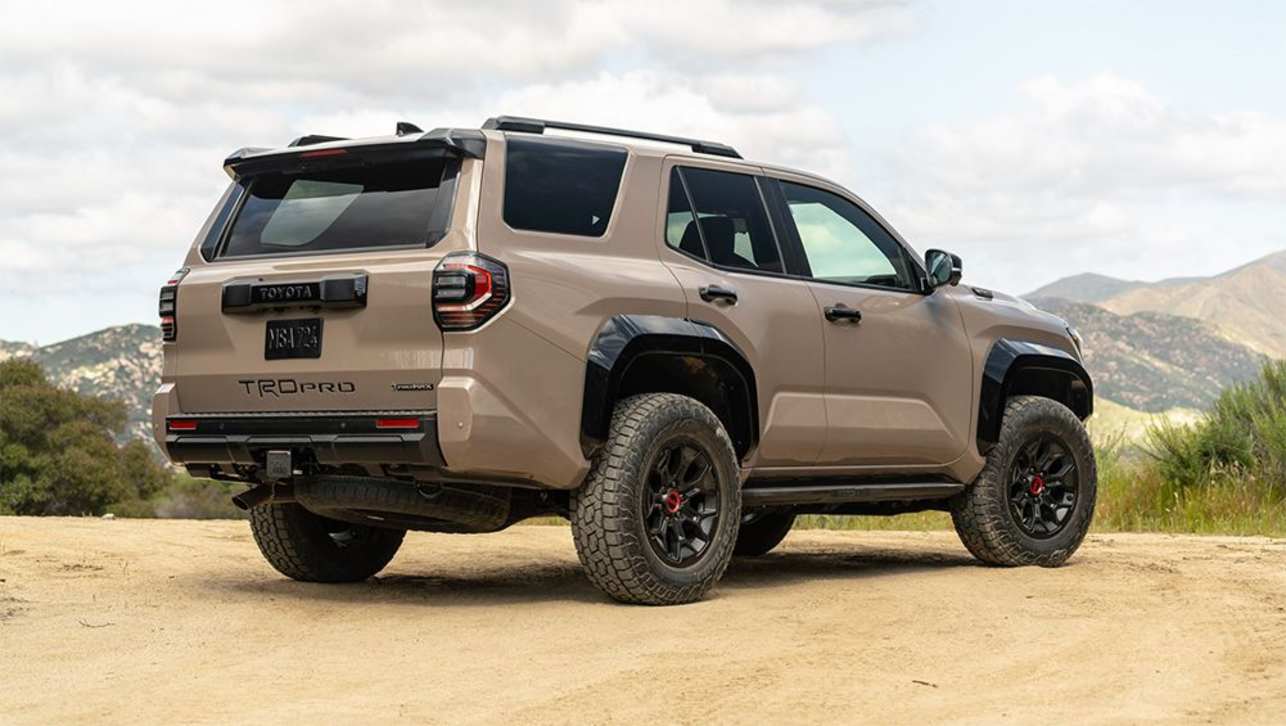Fun fact! Toyota has just premiered a retro-inspired midsized SUV with glorious Eighties decals and a paint job for North America.
But the party-pooper news is that the 4Runner 40th Anniversary Special Edition won’t be coming to Australia, despite the enduring following enjoyed by the ground-breaking original launched here in 1984.
At least… not as we know it right now. To find out why, read on.
A styling exercise on the existing N280 4Runner that has been in production since 2009, only 4040 examples of the 40th Anniversary SE will be made available in the United States for the MY23 model year, technically making it a 39th anniversary special... but who’s counting.
To that end, it will come in three colours – white, red and black – with bronze-painted 17-inch alloys and badges, a ‘TOYOTA’ heritage grille and those tri-hued stripes that also denote the original HiLux 4Runner’s off-road racing history in North America.
The retro themes carry on inside with more bronze on the seat stitching, gear knob and badges, though whether buyers in hotter climes discover to their peril that the clammy and sticky black vinyl-like upholstery is a throwback too far remains to be seen.
The 40th Anniversary SE joins a host of other 4Runner grades offered to SUV-hungry North American consumers, including SR5 and TRD Sport versions that leverage the 4x4 rallying reputation Toyota is so clearly keen to foster in the ageing series.
.jpg)
So, how old is the current 4Runner and what's the background story again?
It debuted back when the equally-pensionable current J150 Prado that also uses the same Japanese production line first surfaced as an MY10 model, and shares much with the long-discontinued (locally) FJ Cruiser underneath as well, including a variation of its 4.0-litre V6 petrol/five-speed automatic powertrain. This means body-on-frame construction, a four-link rear axle and coil-sprung suspension too.
Dimensionally, with a length/width/height/wheelbase of 4825/1925/1795/2790mm, the 4Runner just manages to squeeze in between the shorter/narrower/taller HiLux-derived Fortuner (4795/1855/1835/2745mm) and slightly longer Prado (4995/1885/1845/2790mm), and there-in lies the problem.
.jpg)
The 4Runner is designed for American consumers demanding width and presence. It’s also a lower-priced proposition than Prado, left-hand-drive focused, and petrol-powered only, while the other Toyotas go diesel for our market. If you think this argument sounds familiar, it’s the same one that also applies to the North American-only Tacoma – the slightly larger version of the HiLux, though that's also built over there too.
Which explains why Toyota has not offered the 4Runner in Australia since the second-generation model came to an end in 1996 and was replaced by Prado. It’s simply both too similar (in packaging and positioning) and too different (in specification) for Toyota to compromise Australia’s bestselling-by-far large SUV. The Prado is a cash-cow and one local buyers will happily pay over the odds and wait months on end for if required. Why upset Toyota’s brilliantly conceived and hard-won SUV ecosystem?
Likewise, US 4Runner sales are spectacular, actually hitting their highest peak in 2021, despite the SUV’s advancing years, with nearly 145,000 units registered; in fact, they last dipped below 110,000 in 2015.
.jpg)
Managing to shift over 13,000 units alone Stateside in April, and with some four million made over five generations since 1984, it remains one of Toyota’s most successful and profitable models ever. No need to pull sales away from the USA for our comparatively low-volume market then.
So, is there a chance we’ll ever see the 4Runner return to Australia?
Never say never. Its successor eventually might, as most of the company’s coming truck and body-on-frame redesigns start migrating onto the latest LandCruiser’s Toyota New Global Architecture (TNGA) GA-F platform.
Likewise, given their dimensional similarities, maybe the coming next-gen Prado and 4Runner may become much more closely aligned when they surface sometime around the middle of this decade, especially considering how much more similar Australian and North American consumers are becoming in their SUV and truck tastes.
.jpg)
Additionally, overseas reports reveal that the old 4.0-litre V6 petrol will be pulled for the fresh new 2.4-litre four-pot turbo as seen in the new Lexus NX and 2023 Kluger for the sixth-gen 2024 4Runner, along with possibly the 2.5-litre hybrids that would make splendid sense as replacements for the dirty old diesels and their problematic pollution emissions.
Lastly, with rumours persisting that the Thai-built Fortuner may not survive in Australia moving forward (strenuously denied by Toyota, of course), there may be room for a big, brash and blocky next-gen 4Runner to take its place in this market. Particularly if the hot Ford Bronco inspires the Japanese brand to beef the next one up in response.
Wishful thinking perhaps, but with Ford locally stepping up the new-gen Everest’s appeal with the V6-powered Sport and maybe even more overtly rally-inspired off-road models in the pipeline for it, there may be space yet for a 4Runner to return to Aussie Toyota dealer forecourts in the not-too-distant future.
Do you want to see the 4Runner name back in this market?
Watch this space!



.jpg)


.jpg)


.jpg)
.jpg)


.jpg)





.jpg)







Comments